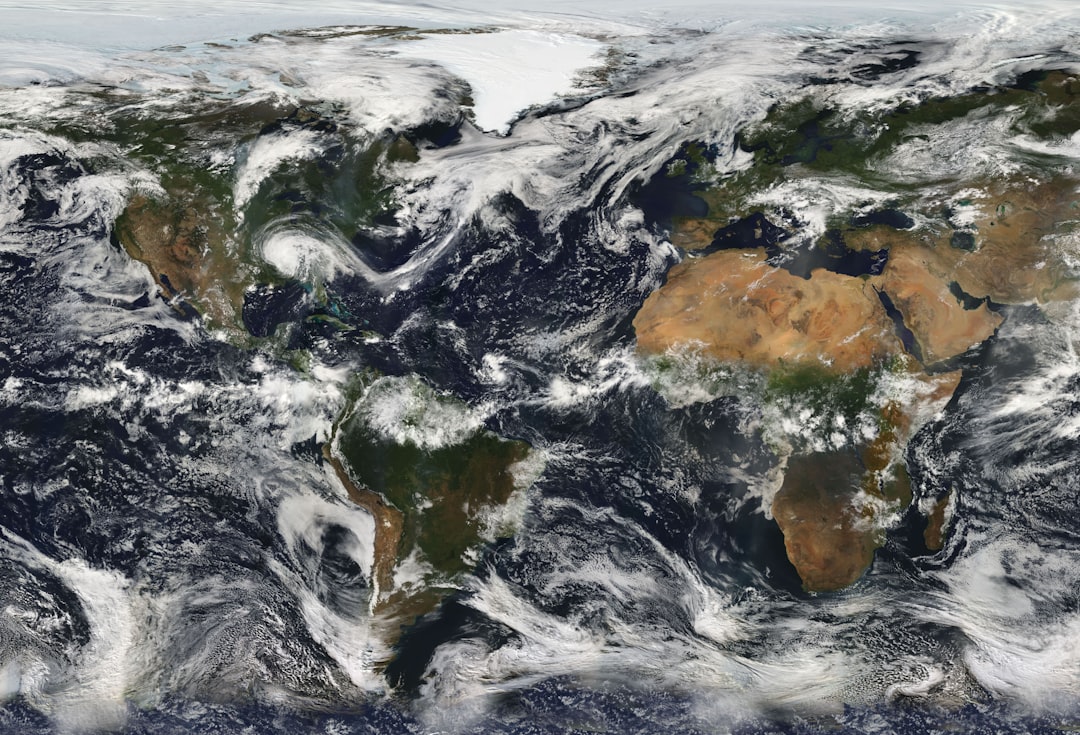“`html
Climate Migration: A World on the Move
People have moved throughout history, seeking better opportunities, escaping conflict, or simply exploring new horizons. But a new kind of migration is emerging, driven not by choice, but by necessity: climate migration. This isn’t just about future projections; it’s happening now, displacing communities and reshaping landscapes across the globe.
What’s Driving Climate Migration?
Climate change, fueled by human activities, is creating conditions that make certain areas increasingly uninhabitable. Several factors contribute to this displacement:
- Sea Level Rise: Coastal communities are facing the relentless advance of rising sea levels. Homes are being flooded, agricultural land is becoming unusable due to saltwater intrusion, and entire islands are at risk of disappearing.
- Extreme Weather Events: More frequent and intense hurricanes, cyclones, droughts, and floods are destroying homes, infrastructure, and livelihoods. Rebuilding after these events can be incredibly difficult, forcing people to relocate.
- Water Scarcity: Changes in rainfall patterns and increased evaporation are leading to severe water shortages in many regions. This scarcity impacts agriculture, sanitation, and overall quality of life, making it difficult for people to sustain themselves.
- Food Insecurity: Climate change is disrupting agricultural production, leading to lower yields and increased food prices. This is particularly devastating in regions that already struggle with food security, exacerbating poverty and driving migration. The Food and Agriculture Organization (FAO) provides extensive data on this issue.
The Impact of Climate Migration
The consequences of climate migration are far-reaching, affecting both the people who are forced to move and the communities that receive them.
For Migrants:
- Loss of Home and Livelihood: Climate migrants often lose their homes, possessions, and traditional ways of life. This can lead to displacement, trauma, and a sense of loss.
- Increased Vulnerability: Migrants are often vulnerable to exploitation, discrimination, and human trafficking, especially if they lack legal status or resources.
- Health Risks: Displacement can increase exposure to disease and lack of access to healthcare, leading to serious health problems.
- Social Disruption: Moving to a new community can disrupt social networks and cultural identities, leading to feelings of isolation and alienation.
For Host Communities:
- Strain on Resources: An influx of climate migrants can put a strain on already limited resources, such as housing, water, and sanitation.
- Increased Competition: Increased competition for jobs and resources can lead to social tensions and conflict between migrants and host communities.
- Infrastructure Challenges: Host communities may struggle to accommodate the needs of climate migrants, especially if infrastructure is already inadequate.
Who is Most Affected?
While climate change impacts everyone, some populations are far more vulnerable to displacement. This includes:
- Coastal Communities: Low-lying coastal areas and island nations are at the highest risk from sea level rise and storm surges.
- Agricultural Communities: Farmers and herders who rely on rain-fed agriculture are particularly vulnerable to drought and changes in rainfall patterns.
- Impoverished Communities: People living in poverty often lack the resources to adapt to climate change or to relocate when necessary.
- Indigenous Communities: Many indigenous communities have deep connections to their land and traditional ways of life, making them particularly vulnerable to displacement.
A Closer Look: Examples Around the Globe
The impacts of climate migration are evident in various regions worldwide:
- Bangladesh: Rising sea levels and increased flooding are displacing millions of people in the low-lying delta region of Bangladesh. Many are moving to overcrowded cities, struggling to find work and housing. You can find more information on this topic through BBC News coverage on climate change.
- The Sahel Region of Africa: Drought and desertification are forcing farmers and herders to migrate in search of water and pasture. This can lead to conflict over scarce resources.
- Small Island Developing States (SIDS): Many SIDS, such as the Maldives and Kiribati, are at risk of disappearing entirely due to sea level rise. Entire populations may eventually need to be relocated.
- Central America: Changes in rainfall patterns and prolonged droughts are contributing to food insecurity and driving migration from countries like Honduras, Guatemala, and El Salvador.
The Future Outlook: What Can Be Done?
Addressing climate migration requires a multi-faceted approach that tackles both the root causes of climate change and the needs of displaced people.
- Mitigation: Reducing greenhouse gas emissions is crucial to slowing down climate change and preventing further displacement. This requires transitioning to renewable energy sources, improving energy efficiency, and protecting forests.
- Adaptation: Investing in adaptation measures can help communities cope with the impacts of climate change and reduce the need for migration. This includes building seawalls, improving water management, and developing drought-resistant crops.
- Planned Relocation: In some cases, planned relocation may be the only option for communities facing imminent threats from climate change. This requires careful planning, community involvement, and financial support.
- Protecting Migrants: Climate migrants need protection and support, including access to housing, healthcare, education, and employment. This requires recognizing climate migration as a legitimate form of displacement and developing appropriate legal frameworks.
- International Cooperation: Addressing climate migration requires international cooperation and solidarity. Developed countries have a responsibility to provide financial and technical assistance to developing countries that are most vulnerable to climate change. Organizations like the UNHCR are working on solutions.
Climate migration is a complex and challenging issue, but it is one that we cannot afford to ignore. By taking action to reduce greenhouse gas emissions, adapt to climate change, and protect displaced people, we can help to create a more sustainable and equitable future for all.
“`

